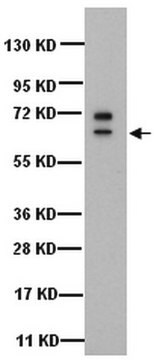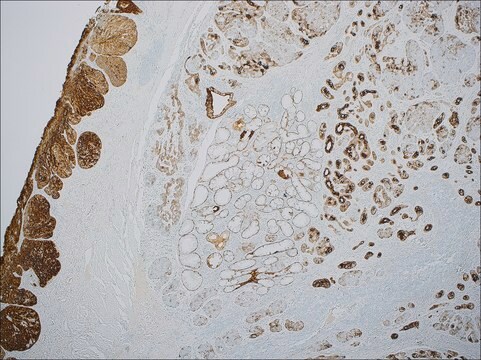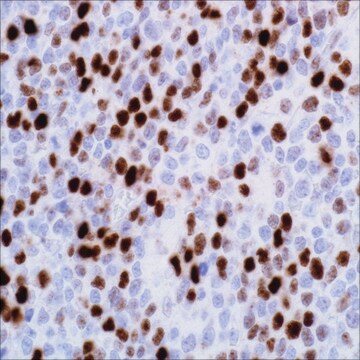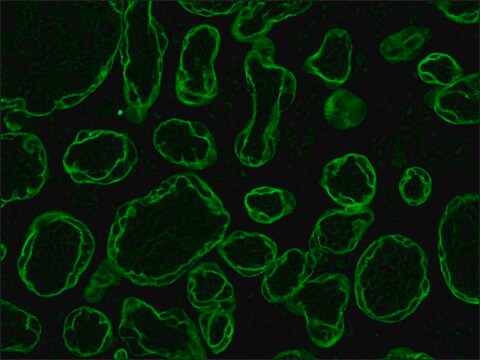추천 제품
생물학적 소스
mouse
Quality Level
100
500
결합
unconjugated
항체 형태
culture supernatant
항체 생산 유형
primary antibodies
클론
D5 & 16B4, monoclonal
설명
For In Vitro Diagnostic Use in Select Regions (See Chart)
양식
buffered aqueous solution
종 반응성
human
포장
vial of 0.1 mL concentrate (356M-14)
vial of 0.5 mL concentrate (356M-15)
bottle of 1.0 mL predilute (356M-17)
vial of 1.0 mL concentrate (356M-16)
bottle of 7.0 mL predilute (356M-18)
제조업체/상표
Cell Marque®
기술
immunohistochemistry (formalin-fixed, paraffin-embedded sections): 1:50-1:200
동형
IgG1
제어
mesothelioma
배송 상태
wet ice
저장 온도
2-8°C
시각화
cytoplasmic
유전자 정보
human ... KRT5(3852)
일반 설명
품질
 IVD |  IVD |  IVD |  RUO |
결합
물리적 형태
제조 메모
기타 정보
법적 정보
적합한 제품을 찾을 수 없으신가요?
당사의 제품 선택기 도구.을(를) 시도해 보세요.
가장 최신 버전 중 하나를 선택하세요:
시험 성적서(COA)
관련 콘텐츠
Diagnostic immunohistochemistry overview highlights its importance in cancer diagnosis and detecting infectious diseases in modern clinical pathology.
자사의 과학자팀은 생명 과학, 재료 과학, 화학 합성, 크로마토그래피, 분석 및 기타 많은 영역을 포함한 모든 과학 분야에 경험이 있습니다..
고객지원팀으로 연락바랍니다.



